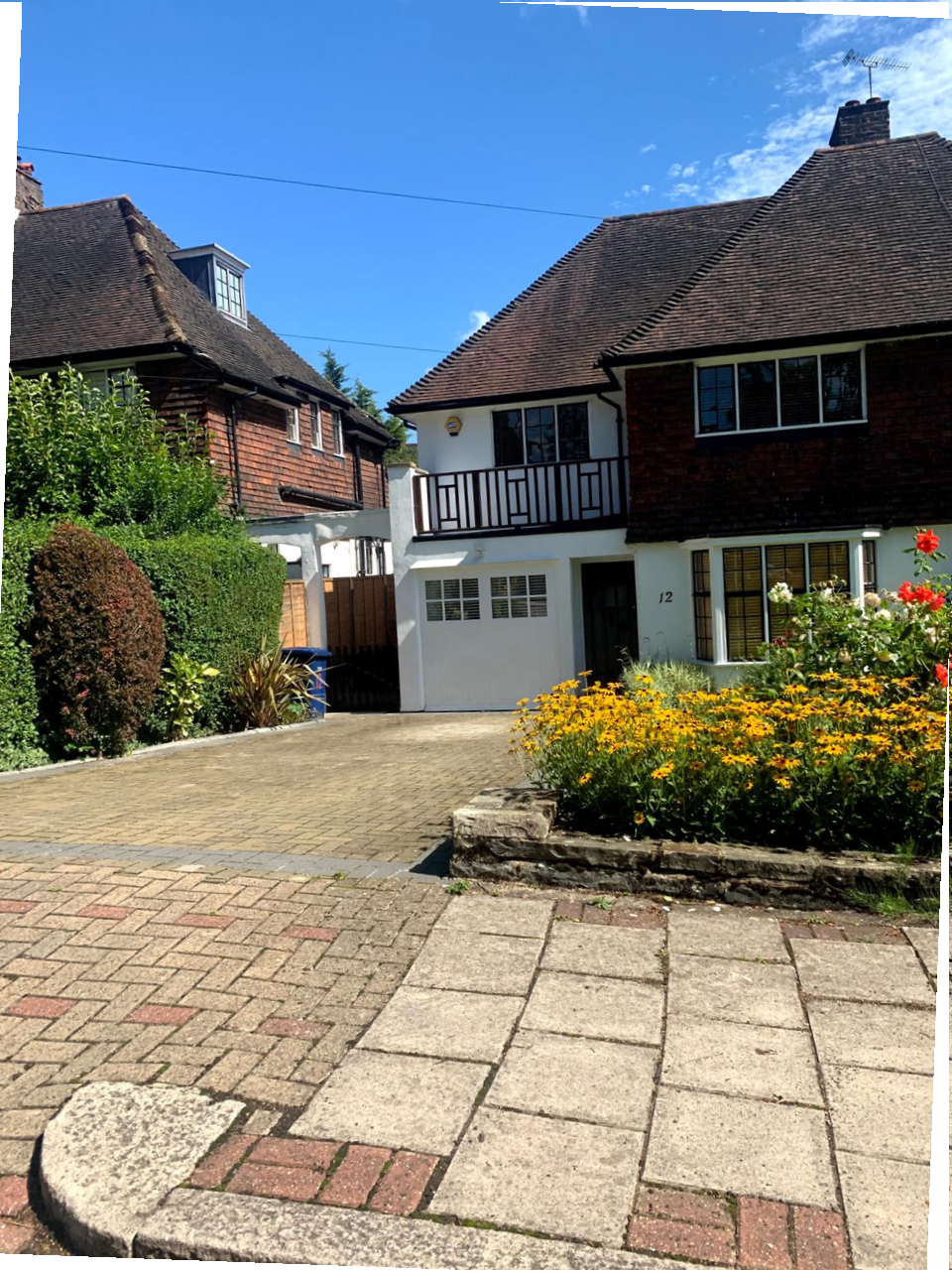Underpinning and Structural Repairs Under The Party Wall Act 1996

When it comes to building work that affects shared property boundaries, few pieces of legislation are as crucial as The Party Wall etc. Act 1996. One area of particular importance under the Act is underpinning and structural repairs, both of which can significantly impact the stability and condition of adjoining properties. Whether you're a homeowner planning renovations or a neighbour concerned about potential risks, understanding how the Party Wall Act applies to these types of work is essential.
In this blog, we’ll break down what underpinning and structural repairs involve, how they fall under the scope of the Act, the legal obligations involved, and what both building owners and adjoining owners need to know.
What Is Underpinning?
Underpinning is a construction technique used to strengthen or stabilise the foundations of an existing building. It is typically required when:
- The original foundation is unstable or failing.
- A neighbouring excavation could compromise foundation stability.
- Additional floors or weight are being added to the structure.
- Ground conditions have changed (e.g., due to flooding, drought, or subsidence).
Underpinning can involve traditional mass concrete methods, mini-piling, or beam-and-base approaches, all of which require excavation near or under existing walls—often walls that are shared with neighbouring properties.
What Are Structural Repairs?
Structural repairs refer to the restoration or reinforcement of a building's load-bearing elements such as:
- Party walls
- Beams and columns
- Load-bearing floors or ceilings
- Cracked or bowing masonry
These repairs can involve anything from replacing wall sections to installing steel supports or braces. If these repairs affect or occur along a shared party wall or close to a neighbouring structure, they will likely fall under the Party Wall Act.
How the Party Wall Act Applies
The Party Wall etc. Act 1996 provides a legal framework to prevent and resolve disputes related to building work that affects party walls, boundary walls, and excavations near neighbouring structures.
The Act Covers:
- Work directly to a party wall (shared between two properties).
- Construction of a new party wall or boundary wall.
- Excavation or underpinning within 3 or 6 metres of a neighbouring building (depending on depth).
If underpinning or structural repairs fall into any of these categories, the building owner must serve a Party Wall Notice to the adjoining owner.
Serving a Party Wall Notice for Underpinning
Before starting any underpinning work, the building owner must:
Serve a written Party Wall Notice at least one month (for adjacent excavations) or two months (for direct party wall works) before starting work.
Include full details of the proposed work, including:
Plans
- Drawings
- Method statements
- Timing
The adjoining owner has 14 days to respond. They may:
- Give written consent, allowing work to proceed.
- Dissent and appoint a Party Wall Surveyor.
- Dissent and require both parties to appoint a single agreed surveyor.
The Role of Party Wall Surveyors
If there is a disagreement or dissent, Party Wall Surveyors are appointed to produce a Party Wall Award, a legal document that outlines:
- What work is to be done
- How and when it will be carried out
- What protections will be put in place for the adjoining property
- Rights of access
The surveyors also assess the condition of neighbouring structures before work begins through a Schedule of Condition, which serves as a reference if any damage occurs.
Special Considerations for Underpinning and Structural Repairs
1. Risk to Adjoining Property
Underpinning is one of the most intrusive types of work under the Act. It involves excavating near (or under) the party wall and can easily affect the structural stability of the adjoining property. This is why it’s heavily regulated.
2. Insurance and Indemnity
Before work begins, building owners may be required to:
- Provide proof of adequate public liability insurance.
- Agree to indemnify the adjoining owner for any damage or loss.
- Arrange for a security for expenses deposit, held in trust to cover potential damage repairs.
3. Temporary Supports
Structural repairs often require temporary supports such as props or needles that may extend into the neighbour's property. The Act grants a legal right of access for such works but requires advance notice and proper safety measures.
4. Noise, Vibration, and Disturbance
Although the Act does not specifically regulate noise levels, structural work often involves heavy machinery. Contractors must follow Construction (Design and Management) Regulations and local noise control laws, especially in residential areas.
Common Disputes and How to Avoid Them
1. Failure to Serve Notice
One of the most common mistakes is starting work without serving a Party Wall Notice. This can lead to injunctions, delays, and legal penalties.
2. Property Damage Claims
Without a Schedule of Condition, it’s difficult to prove whether damage was pre-existing or caused by the works. Always document everything.
3. Disagreements Over Access
Neighbours may feel uneasy about builders entering their land. Clear communication and legal access rights outlined in the Party Wall Award can avoid friction.
Do I Need Planning Permission Too?
The Party Wall Act is separate from planning permission or building regulations. Even if your project has received local authority approval, you must still follow the Party Wall procedures if it involves shared structures or nearby excavations.
Real-world Example
Imagine you're extending your home and the new foundation requires digging within 3 metres of your neighbour’s house and deeper than their foundation. This would qualify as notifiable work under Section 6 of the Party Wall Act.
If the extension also includes inserting steel beams into the shared party wall, that would require notice under Section 2. Both aspects must be properly notified and agreed upon before you can legally proceed.
Underpinning and structural repairs are serious construction activities that can significantly impact both your property and your neighbour’s. The Party Wall etc. Act 1996 provides a fair and legal framework to manage these situations, minimise disputes, and ensure that all parties are protected.
Whether you're a building owner planning a renovation or an adjoining owner receiving notice, it’s essential to understand your rights and responsibilities. Consulting with a qualified Party Wall Surveyor early in the process can save you time, money, and stress—and ensure the work proceeds smoothly and legally.
For friendly professional advice, contact us or call now
at 020 3875 9279 and speak with a specialist Party Wall Surveyor.









